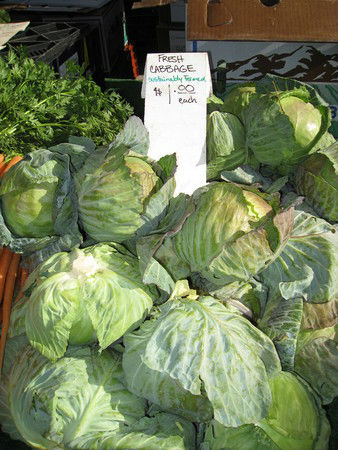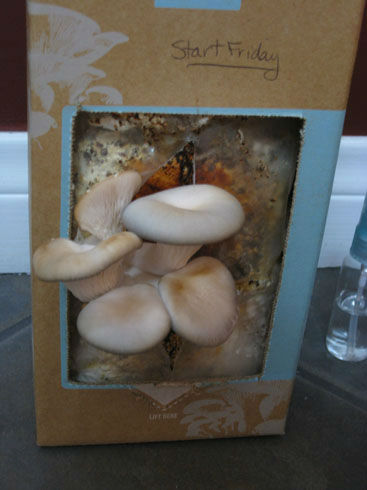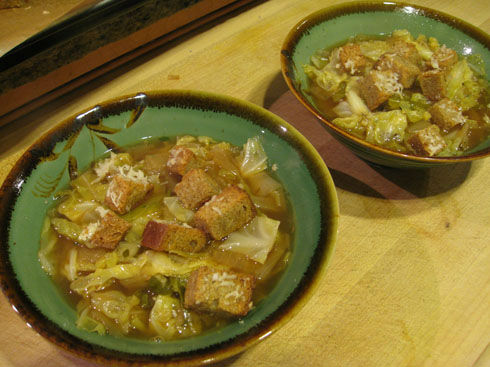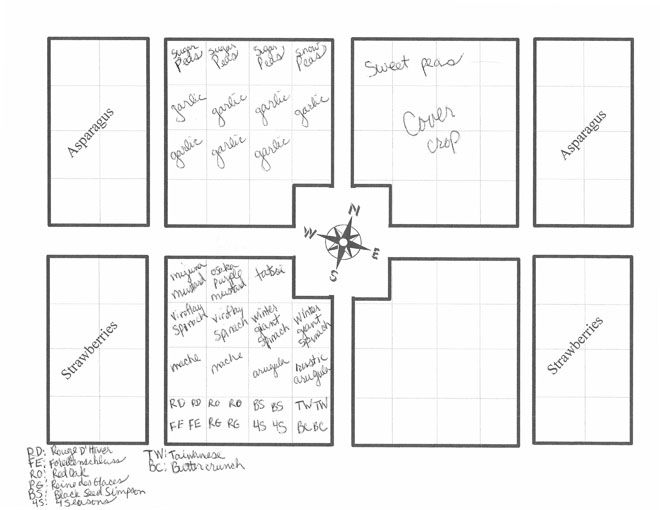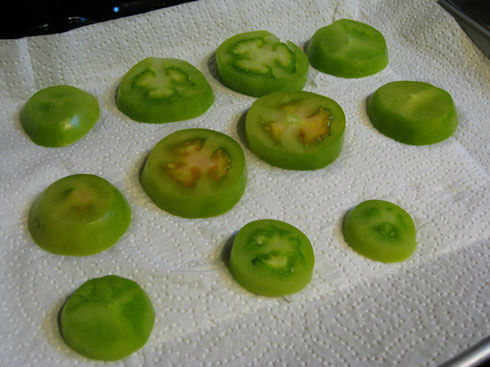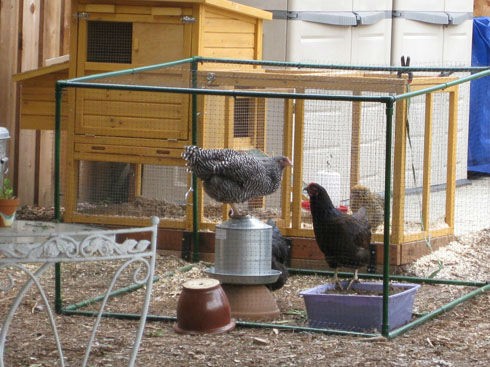Cabbage Ideas for St. Patty’s Day
The latest post from Mar Vista's Bounty Hunter is up, just in time for your St. Patrick's Day celebrations. Find out some great ways to add this festive green to your meal plan this weekend.
St. Patty's Day and Cabbage
...

